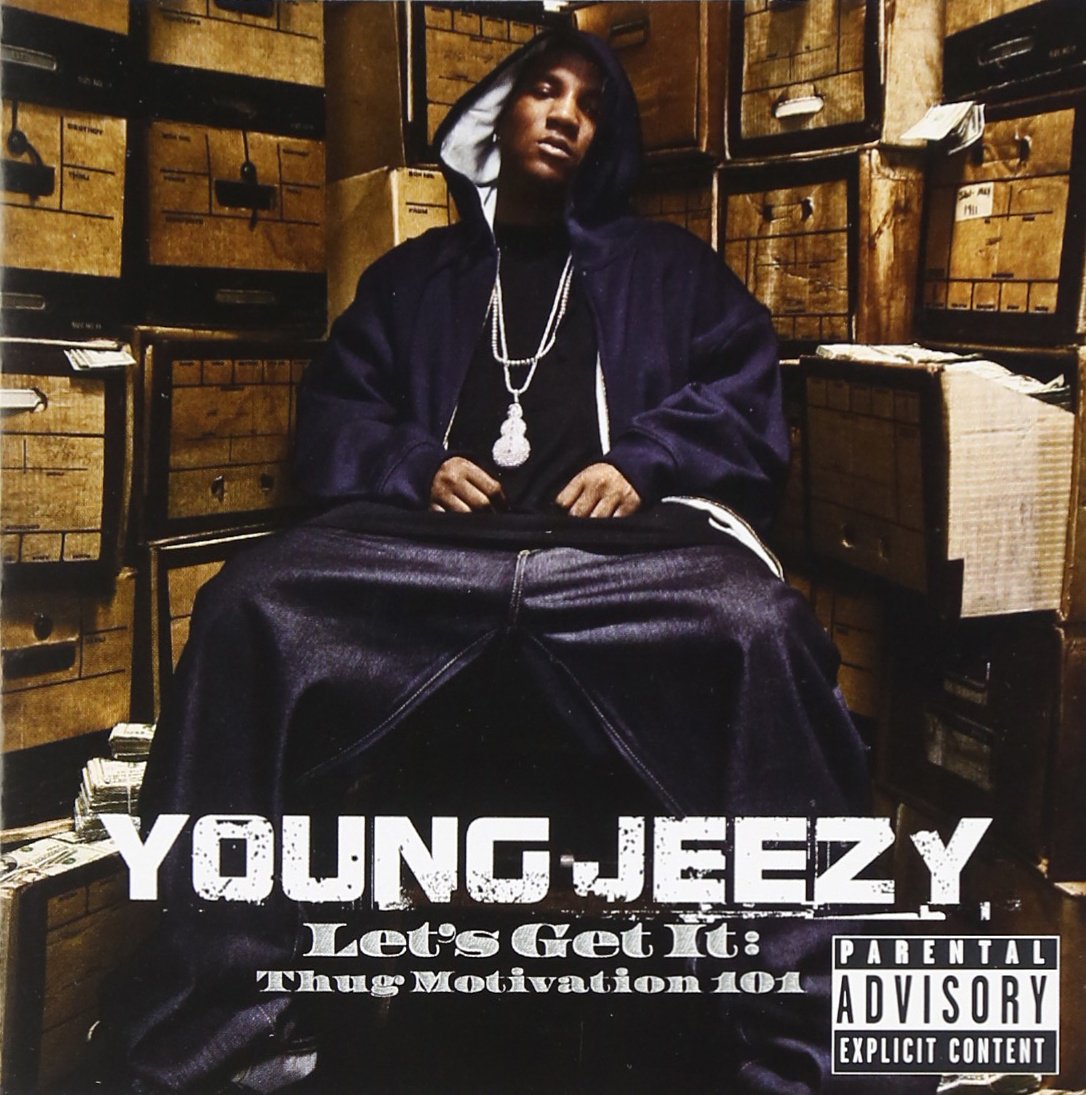
It’s incredible to think of what I didn’t know then. On the first day of college, I asked a black man from Brooklyn to Harlem Shake for me. In 2005. You’re from Maine? people kept saying, underlined and italicized. I was almost afraid to speak, for fear of what new ignorance I might reveal. All through my teenage years I had been trapped in cycles of Wilco and Modest Mouse, Parliament and Oscar Peterson; I was not prepared for Atlanta at the dawn of snap music.
You have reached your article limit
Sign up for a digital subscription and continue reading all new issues, plus our entire archives, for just $1.50/month.
Already a subscriber? Sign in




